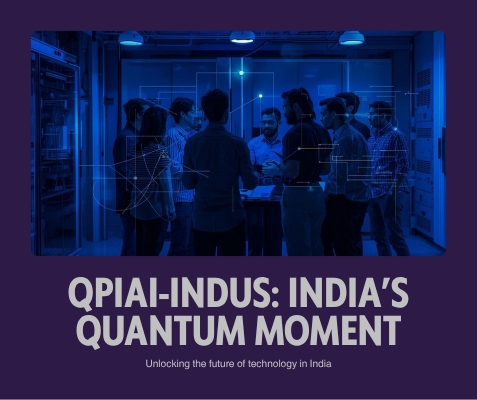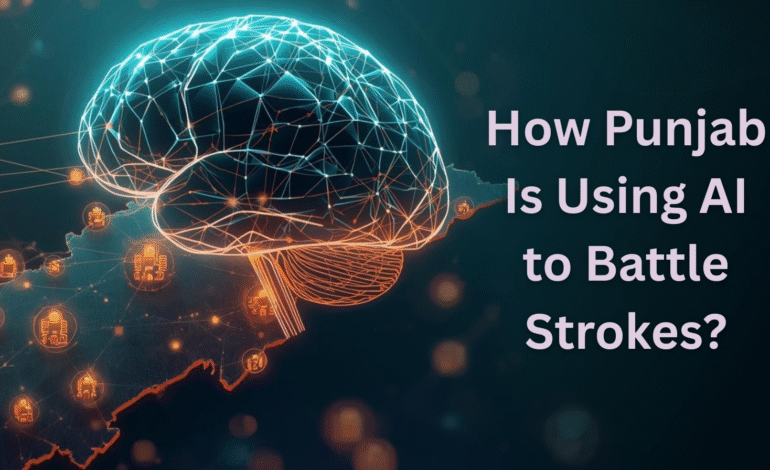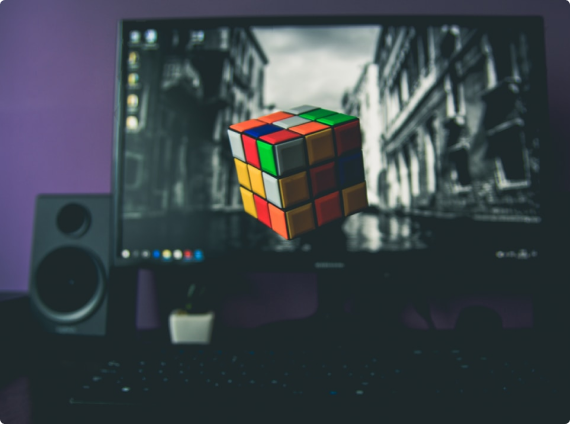
India Built a Quantum Computer — But Can It Run the Future?
Headlines love “25 qubits.” Engineers whisper about decoherence, gate fidelity, and connectivity. Both are right. Qubit count is eye-catching, but the practical power of a quantum machine depends much more on error rates, control electronics, and the software that stitches every operation together. QpiAI’s claim to be a full-stack maker matters because the stack, from cryo controls to compilers and error-mitigation routines, is what takes fragile physics into repeatable experiments.
“Qubits without software are curiosities; the stack is what makes them useful.” – common refrain among quantum researchers
The Indus is unquestionably a milestone: symbolic of India’s pivot from services and apps to hardware and deep research. But milestones are stage one. The harder work is translating lab demos into repeatable pilots that industry can use, such as chemistry simulations, small optimisation problems, or secure key-exchange experiments. Those are the practical early wins that prove an ecosystem is maturing.
How did India reach this moment? The National Quantum Mission laid out funding, testbeds, and university partnerships across multiple centres. Small teams in Bangalore, Hyderabad, and Pune moved from simulations to lab hardware, helped by incubators and targeted grants. QpiAI’s machine is the most visible fruit of that multi-year, multi-institution push. But visibility and utility are different currencies: to win both, the program must deliver repeatable benchmarks, shared testbeds, and accessible APIs for researchers.
Why 25 qubits are headline-worthy and limiting?
Qubit count is a simple metric for headlines, but the real measures of progress are gate fidelity, coherence time, and connectivity. A 25-qubit device with high error rates may not outperform a smaller, cleaner machine. The aha moment here is that QpiAI has delivered a package: qubits, control electronics, calibration workflows, and a software layer to compile algorithms — a necessary set if the device is to move beyond demonstrations.
What India could practically gain
- Talent & skills: hands-on hardware roles, enhanced university curricula, and career paths for quantum engineers.
- Startups & IP: compilers, error-mitigation software and hybrid workflow tools that can be commercialised.
- Strategic research: early wins in materials simulation, chemistry and logistics optimisation using hybrid approaches.
But turning those gains into reality requires testbeds, reproducible benchmarks, cryo-infrastructure at scale, and steady funding. The ecosystem must move from one-off triumphs to a reproducible pipeline of devices, software, and trained engineers.
Hard truths, supply chains, scale, and timelines
Superconducting systems rely on specialised RF components, cryogenics and precision control hardware areas where global supply chains and export controls matter. Producing many such systems, or a manufacturing pipeline for them, is a different engineering problem than building a single device. Talent is another bottleneck: India produces strong theorists; manufacturing-grade quantum engineers are scarcer and will take time to grow.
Roadmap — plausible next steps
- Now – 6 months: hardened test runs, reproducible benchmarks, and university collaboration calls.
- 6–18 months: pilot hybrid workloads (chemistry/optimisation) and available APIs for researchers.
- 18–36 months: scale testbeds, add qubits as fidelity improves, chase small commercial proofs-of-concept.
If pilots prove useful for industry partners, a faster materials simulation here, a better route optimisation there, the case for sustained funding and more devices strengthens. If not, the equipment risks becoming another expensive demonstrator.
“Think of today as the lab-to-pilot phase. The real leap is when businesses start to rely on hybrid quantum solutions – and that needs patience.” – industry observer
FAQs
Q: Is QpiAI-Indus a rival to IBM or Google?
A: Not yet in scale or cloud reach. Global leaders have higher qubit counts, broader cloud access, and more mature error mitigation. QpiAI-Indus is a national milestone and a sign of growing capability.
Q: Will quantum break current encryption?
A: No. Large-scale cryptographic breaks require fault-tolerant machines with millions of logical qubits. The near-term need is to plan and migrate to quantum-safe cryptography where appropriate.
Q: How can startups join the wave?
A: By building middleware, hybrid workflow tools, domain-specific algorithms and offering services to the industry. Grants from the National Quantum Mission and university partnerships are practical entry points.
The Indus is not a finish line; it’s an honest beginning. If India nurtures a reproducible stack, funds testbeds, and invests in talent, the next few years could turn this machine from a lab story into a quiet engine of specialised research and local industry capability. For now, the question remains: India built a quantum computer , can it run the future?





